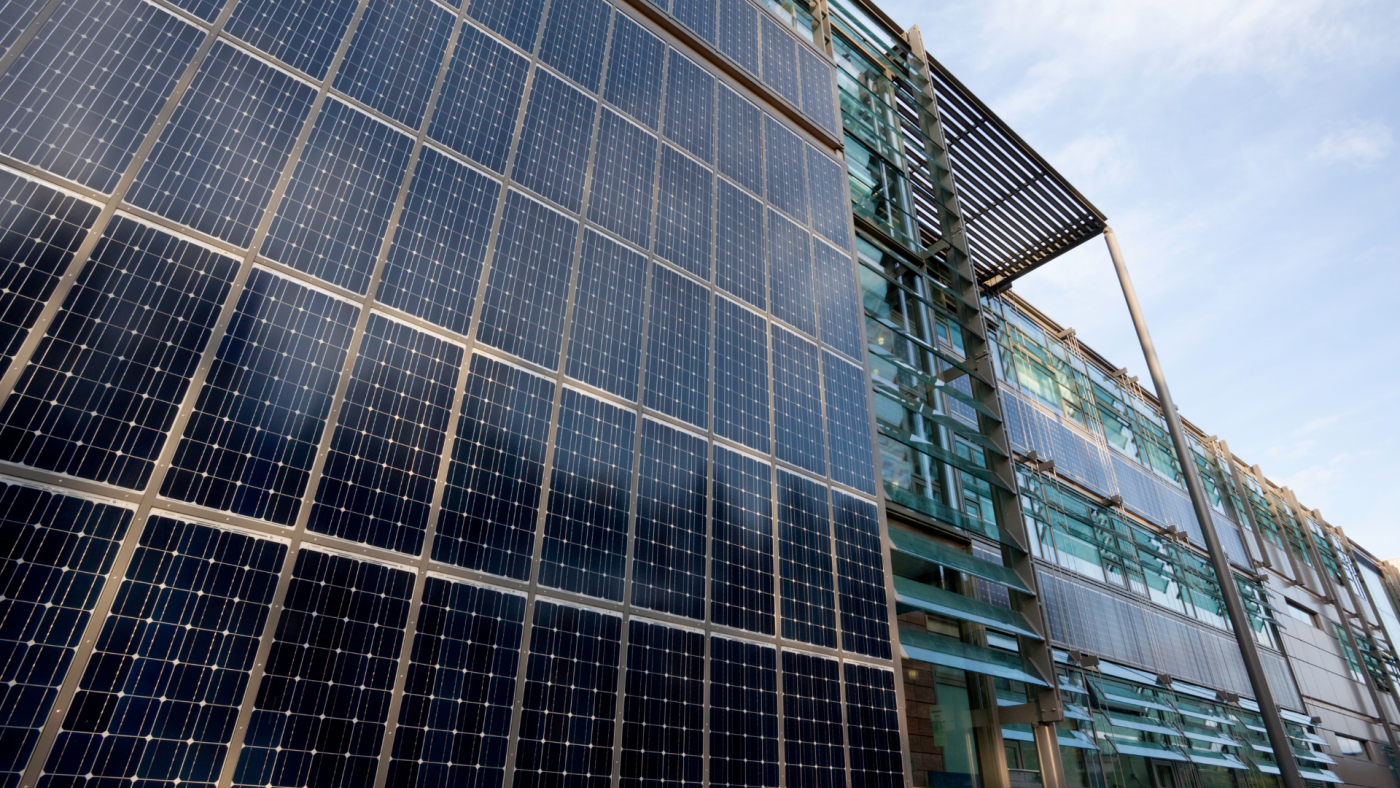Solar energy, known as “green energy,” has experienced a remarkable surge in popularity over the past few decades. Its utilisation has seen a significant increase in recent times, with more households, offices, and industrial facilities embracing this environmentally friendly power source.
The prominence of “photovoltaic energy” has soared in recent years. A staggering 93% of the world’s population resides in countries where the average daily solar photovoltaic potential ranges between 3.0 and 5.0 kWh/kWp. In the UK, solar contributed 35% of the country’s total renewable energy generation in 2022, marking a significant increase from previous years.
Furthermore, there has been a growing focus on the associated technology, as attention shifts away from traditional energy sources such as coal and oil. Since 2012, the solar energy sector has witnessed a doubling in investment, which is truly encouraging.
3 Types of Solar Energy Technologies
Currently, solar energy is harnessed using three primary technologies. Which are:
- Photovoltaic (PV) – directly convert light to electricity;
- Concentrating solar power (CSP) – heat is being used from the sun (thermal energy) to drive electric turbines, utility-scale, and
- Solar heating and cooling (SHC) systems – accumulate thermal energy to supply hot water and air heating and/ or conditioning.
6 Reasons to Use Solar Energy Technologies for Buildings
Solar energy is used in a wide variety of devices….from calculators to smart watches and from agri-tech to space tech. But for a few years, it has been used in buildings in a bigger way. There are several reasons behind buildings opting for solar sources, which are given below.
- Increasing energy consumption
- Environmental consciousness
- Global climate change
- ESG/CSR implication/ advantage for Corporate buildings
- Attraction towards cleaner, renewable energy
- High social value and an increase in the value of the property
Why are Buildings Going Solar
Solar energy is a freely available, clean, renewable energy source. The price of energy is very volatile, with years of soaring prices and periods of lower costs. In this scenario, solar energy be a constant: the sun shines and it can be leveraged for power generation.
Buildings are now constructed keeping energy efficiency in mind. The aim is to minimize energy consumption and use alternative solar energy, which has multiple benefits.
There are four aspects of energy efficiency in a building, where technology can play a key role. Which are:
- Before the actual construction – zero energy passive building design.
- During the Construction – the usage of low-energy building materials.
- Energy-efficient equipment – To make operational energy requirements low.
- Integration with other applications – lastly integration of renewable energy technologies for various applications.
7 Advantages of Using Solar Power in Buildings
- Limitless Resource: Solar energy is renewable energy that never ends its supply.
- Low environmental impact: Depending on the scale of the system installed – from distributed rooftop PV arrays to large utilities – solar technologies can produce lower environmental pollution.
- Energy Independence: It makes Buildings energy independent and puts less pressure on natural sources of energy.
- Multipurpose: It can be used in various ways and for multiple applications.
- The ability for Additions: You can expand your PV systems effortlessly as they are modular.
- Portable: Can be transported easily.
- Post-Installation is Zero: Once the infrastructure has been installed no cost will be there after that (except for changing inverters and batteries).
3 Ways Solar-Powered Buildings are efficient
-
- Solar Powered Buildings improve the Heating & Cooling System’s efficiency by 30% by the proper installation of a new HVAC system. The operating cost of a highly-efficient solar water heater can be reduced by 90% in Solar Powered Energy Efficient Buildings.
- When you use Low-Emissivity (Low-e) Window Glazing, it helps in reduces the space cooling need by approximately 40 per cent. A light-colour roof reduces a roof’s temperature as it absorbs less than 50 per cent of the solar energy.
- When Energy Efficient Lights and Energy Efficient Appliances are used, a Solar Building can reduce energy use by 20-30%. With the continued emergence of construction technology innovations, it is becoming easier to achieve greater energy efficiency in buildings.
- Solar Powered Buildings improve the Heating & Cooling System’s efficiency by 30% by the proper installation of a new HVAC system. The operating cost of a highly-efficient solar water heater can be reduced by 90% in Solar Powered Energy Efficient Buildings.
In conclusion, solar Powered Buildings are quite efficient in preserving energy in various ways. By using the latest Solar Energy Technologies buildings can save around 30-40% on their energy use. You can also become a net-zero Energy Building owner when you create more energy than you utilize. Undoubtedly, Solar Powered Buildings with proper use of technology are more efficient in energy consumption.
Dexma (Spacewell Energy) offers a wide range of software and hardware integrations, as well as intuitive reporting tools that make it easy to detect, monitor and control the energy consumption of your buildings and installations, and help you become an NZEB business. You can actually start using the Microgrid Solution which will help you track and measure your solar generation, consumption and all related data.
Note: This article was originally written by Sunil Rathi, Sales & Marketing Director at WAAREE Energies Ltd. It has afterwards been edited and modified.



